*This post may have affiliate links, which means I may receive commissions if you choose to purchase through links I provide (at no extra cost to you). As an Amazon Associate, I earn from qualifying purchases. Please read my disclaimer for additional details.
The latest kitchen design trends emphasize smooth lines and open spaces, so people are looking for creative ways to hide outlets or move them away from the center of kitchen walls.
Modern kitchens are trending toward horizontal outlets to better match subway tile designs and stay closer to countertops.
You likely have vertical outlets if you live in an older home. However, newer homes and remodels tend to go with horizontal outlets located low on kitchen walls, the sides of countertops, and kitchen islands.

Using horizontal outlets doesn’t have an edge over vertical outlets performance-wise. Using horizontal outlets will take a little getting used to, because you have to change how you insert plugs, but it’s mainly an aesthetic choice.
Let’s examine why people choose horizontal outlets to help you decide which orientation you want in your kitchen.
Table of Contents
Does Outlet Orientation Impact Performance?
Whether your outlet is horizontal or vertical has no impact on how it works.
Mostly, people choose between keeping their current outlet configuration or remodeling the kitchen to change how their outlets look.
All it takes is changing the way the box sits in your drywall, brick, etc. Then, once the outlet is in, it will work whether it’s straight up or on its side.

The only difference is that some people are so used to vertical outlets that they’ll struggle to plug things in with horizontal receptacles.
This could lead to scratches on the cover place and receptacle. However, the scratches are generally minimal and hard to notice.
The Benefits of Vertical Outlets
Is there any reason to choose vertical outlets?
Certain tile patterns fit better with vertical outlets than others. On the other hand, long, horizontal subway tiles can clash more with vertical outlets than horizontal outlets.

However, there are some benefits to keeping vertical outlets. They are:
Cost
You’ll probably save money by keeping your vertical outlets.
Even if you’re painting a new color on your kitchen walls or installing a tile backsplash, the difference between a vertical and horizontal outlet may not matter much to you. You can save money on hiring an electrician by keeping the outlets as they are.
Easy Access
Vertical kitchen outlets usually sit right in the middle of your kitchen walls, making them easy to access. You can keep appliances like toasters, microwaves, and other small appliances on your counter for easy use.
They may not be the best option for people who like to keep their countertops clear, but some people enjoy having vertical outlets, because they always know where they are.
Cover Plates
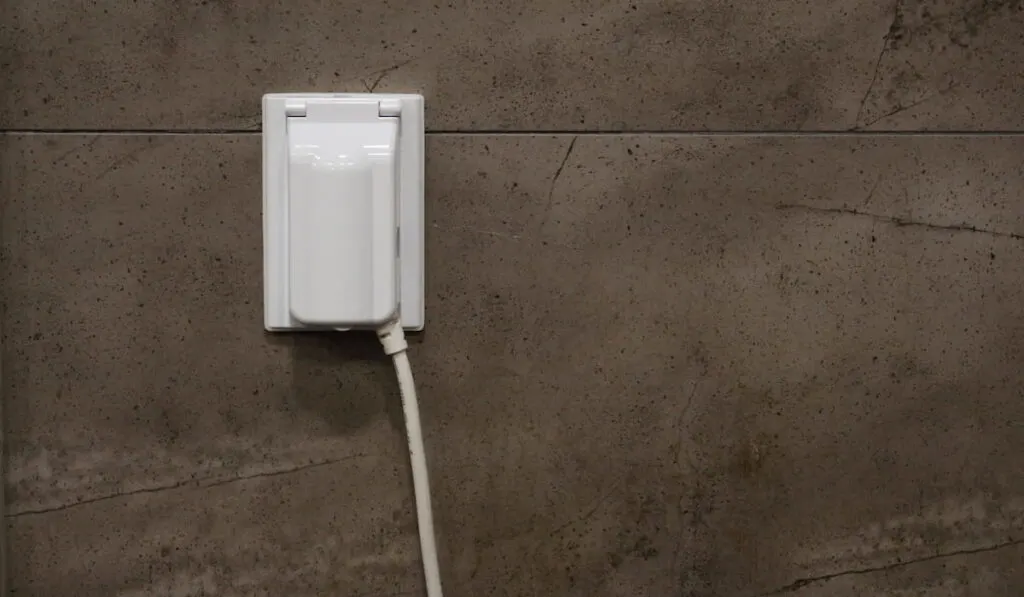
Most cover plates are designed for vertical orientations. They’ll fit on a horizontal outlet, but designs are usually made for vertical outlets. You may have more difficulty finding custom designs for horizontal outlets.
Why Do People Prefer Horizontal Outlets?
Modern interior design is trending increasingly toward horizontal outlets. The main reason is that they’re easier to hide. When people buy a new house or renovate their kitchens, they want bare wall space with smooth lines.
Here are some of the main reasons people prefer horizontal outlets.
Placement
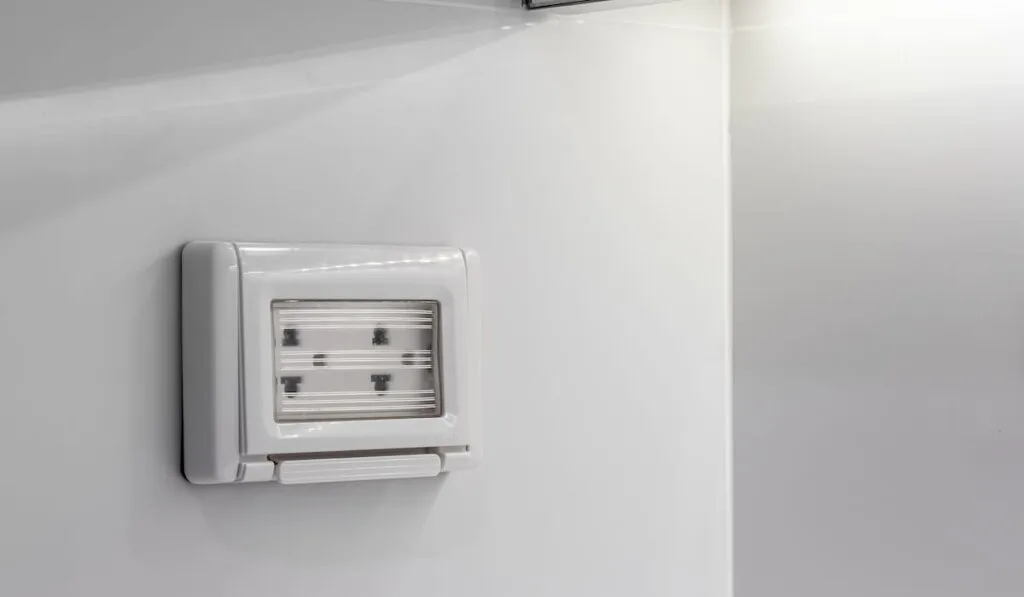
Horizontal outlets fit better around the kitchen.
You can put them on the sides of kitchen islands, countertops, or even under cabinets. You or the electrician installing them can place them up against straight lines. They look better when they run parallel to edges versus being perpendicular.
Tile Designs
Horizontal tiles also look great with tile designs and backsplashes. If, for example, you are installing subway tiles, your horizontal outlets look like one of the tiles. They’re less noticeable and make the kitchen feel cleaner and minimalistic.
Easy Installation
When you install tiles in your kitchen, you can skip having to cut multiple tiles by installing horizontal outlets. They’re typically the same size or just smaller than a regular subway tile, so all you have to do is make space for them in the tile, instead of slicing up through two or three tiles to fit a vertical outlet.
Which to Choose – Vertical or Horizontal?
In most cases, horizontal outlets make the most sense if you’re building a home or remodeling your kitchen.
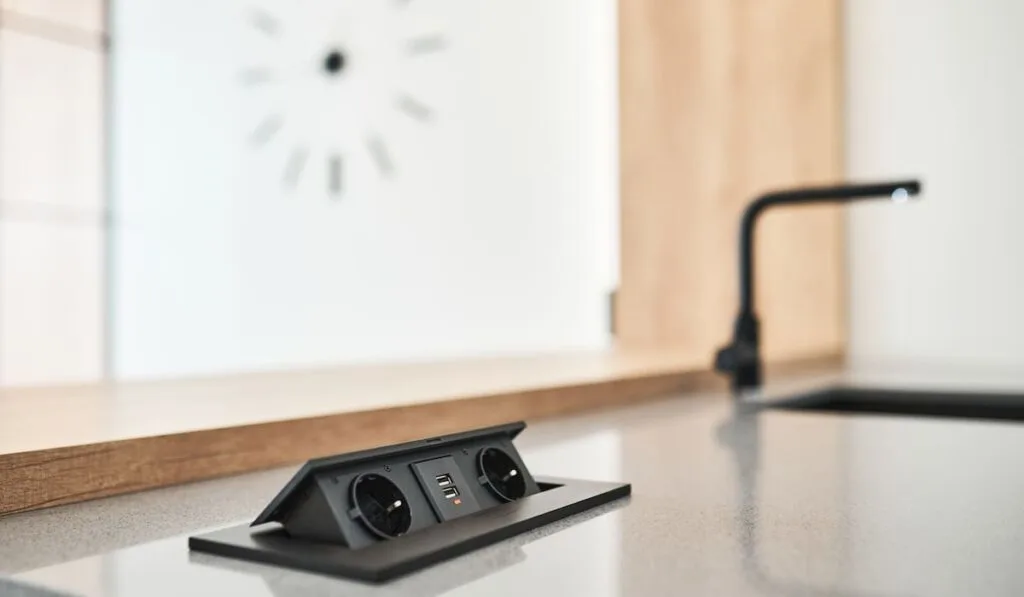
If you’re happy with the vertical outlets, you should keep them! There’s no difference in performance or durability. It’s mostly a matter of personal style preference.
Remember that anytime you do work on your house that involves changing or fixing outlets, you should hire a licensed electrician.
Other Tips to Hide Your Outlets
What else can you do, besides choosing horizontal outlets, to make them less noticeable? Here are some solutions.
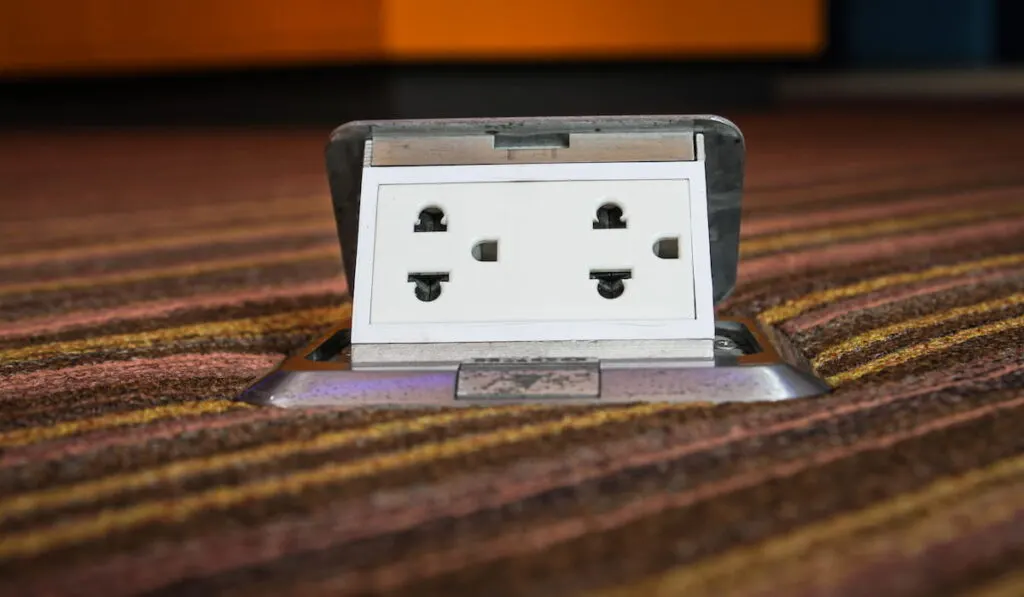
Pop-Up Outlets – Pop-up outlets rise up out of the wall or from countertops with the push of a button. You only have to see them when you’re using them and push them down when you’re not.
If you’ve stayed in a hotel or seen outlets on the floor in a conference room or library, you’ve probably seen pop-up outlets.
Power Strips Under Cabinets – We already mentioned putting horizontal outlets underneath cabinets to conceal them. While you’re at it, you can install power strips to plug everything in, instead of just two appliances.
Outlets in a Drawer – Horizontal outlets are a great option, because you can also put them in a drawer. Outlets in drawers are ideal for charging phones and tablets, as well as plugging in mixers and other appliances you use occasionally.

Custom Cover Plates – One of the best ways to conceal outlets is to hide them with color.
If your outlets are already horizontal, you should try to find paintable cover plates or buy custom cover plates that match the color of your kitchen walls. Then, only the ports of your outlets will be visible.
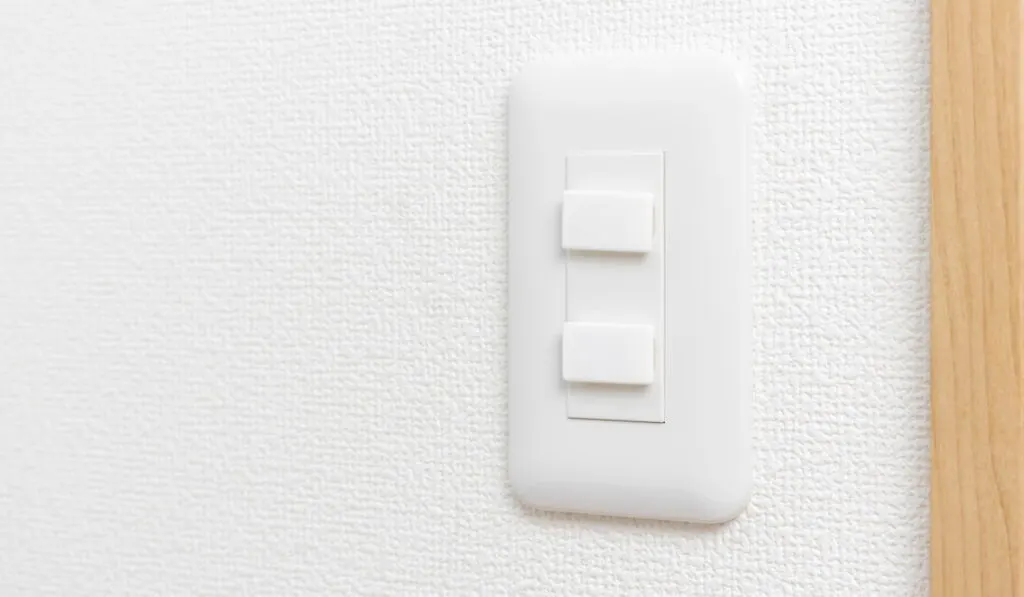
Outlet Caps – You can buy or create outlet caps to cover outlets when not in use. One good option is to cut out the tile in the shape of an outlet and use an adhesive like velcro to attach it to the wall over the outlet.
Then, when you need to plug something in, you remove the cover; otherwise, it just looks like another section of the wall.
